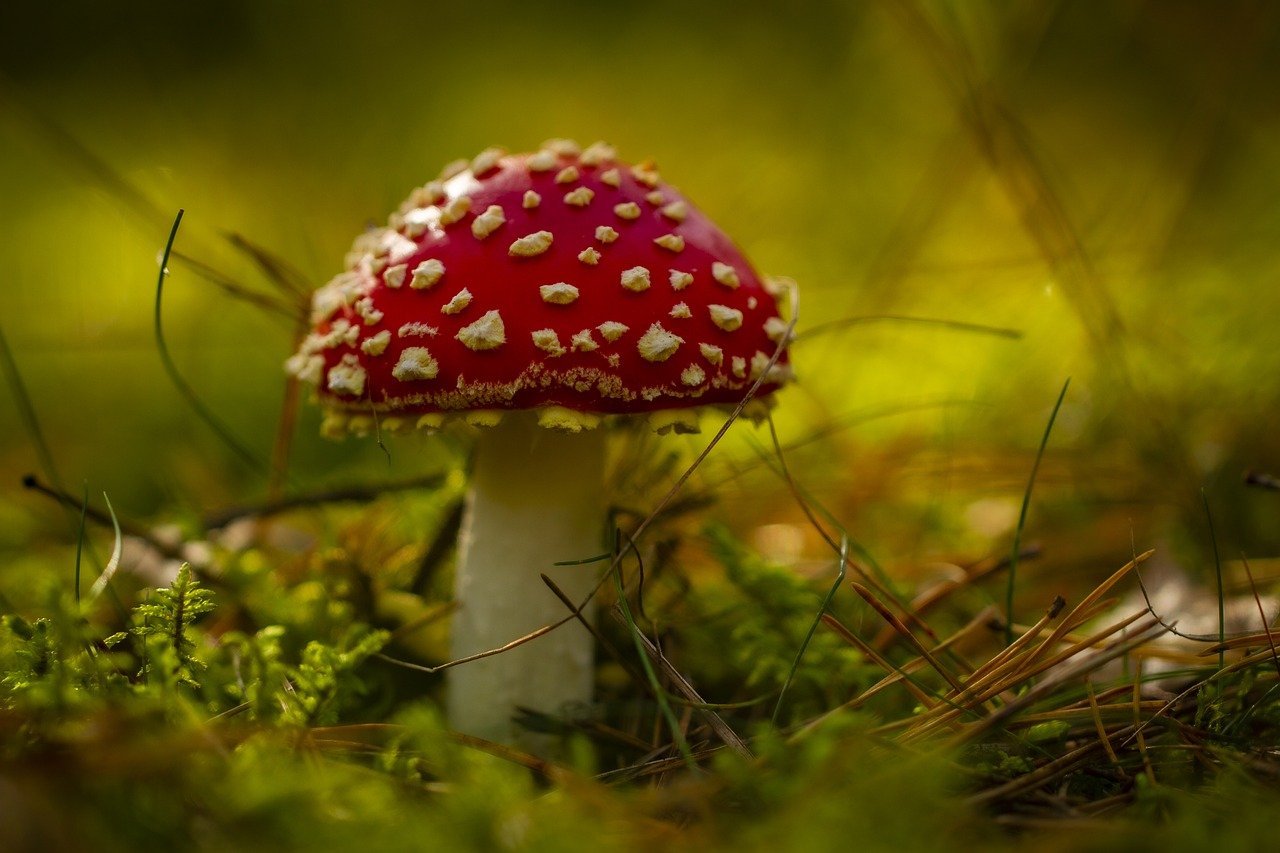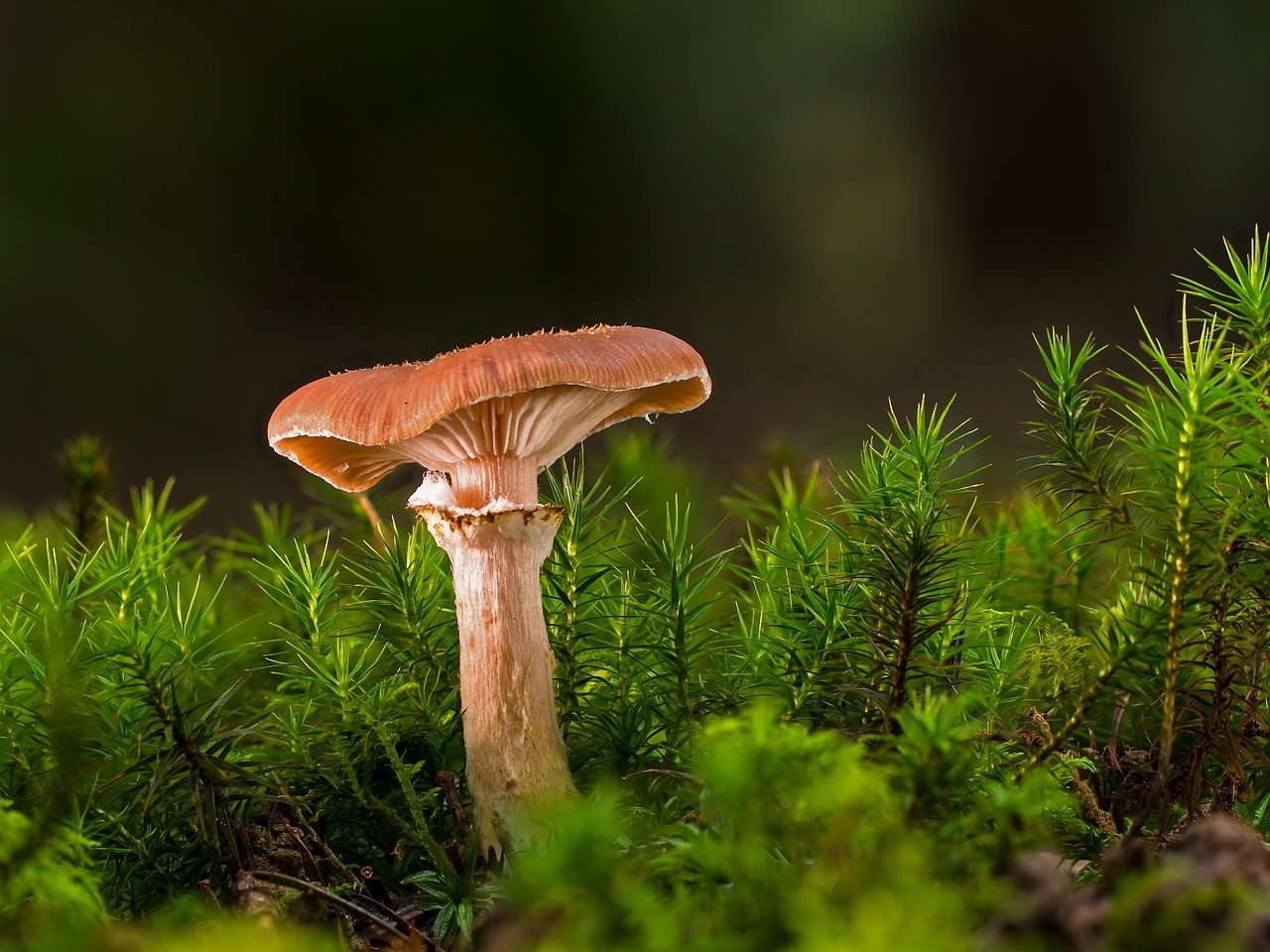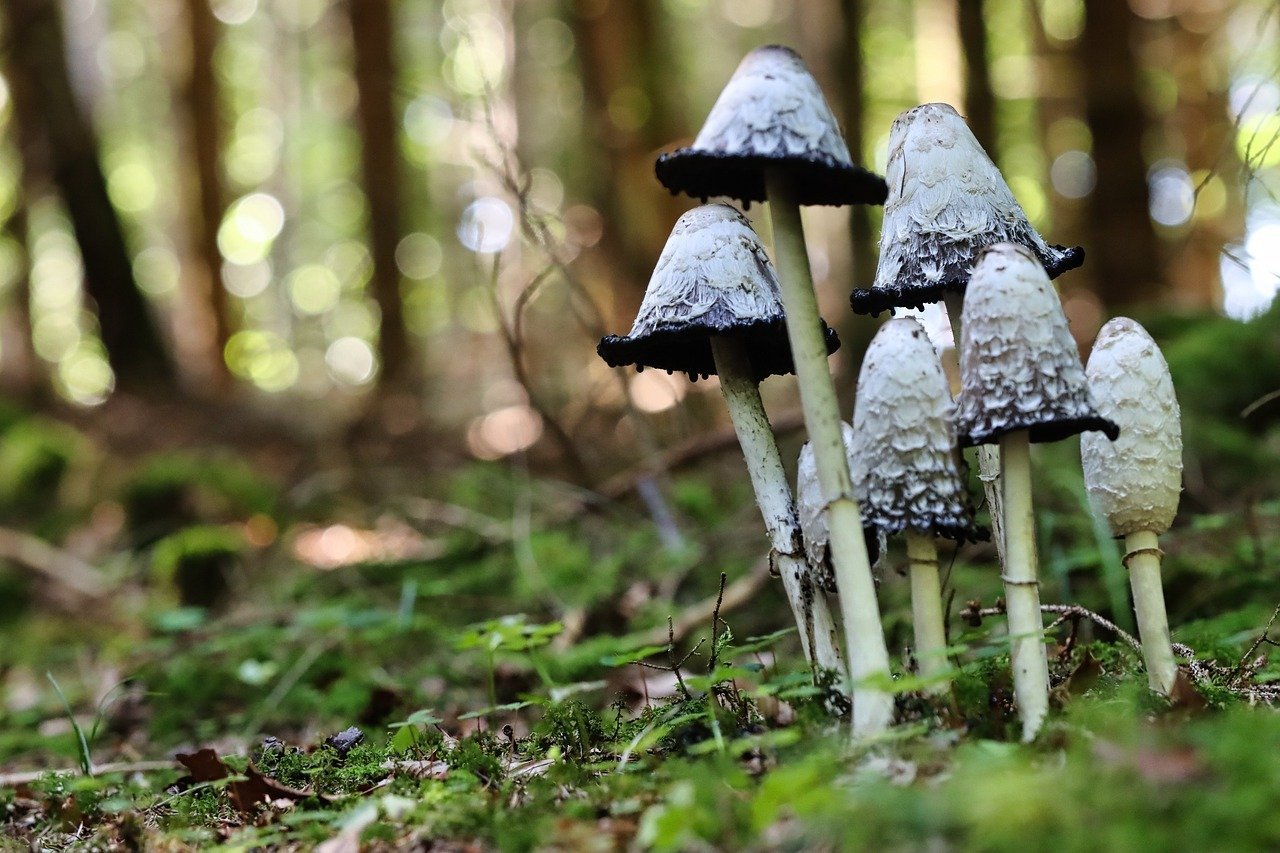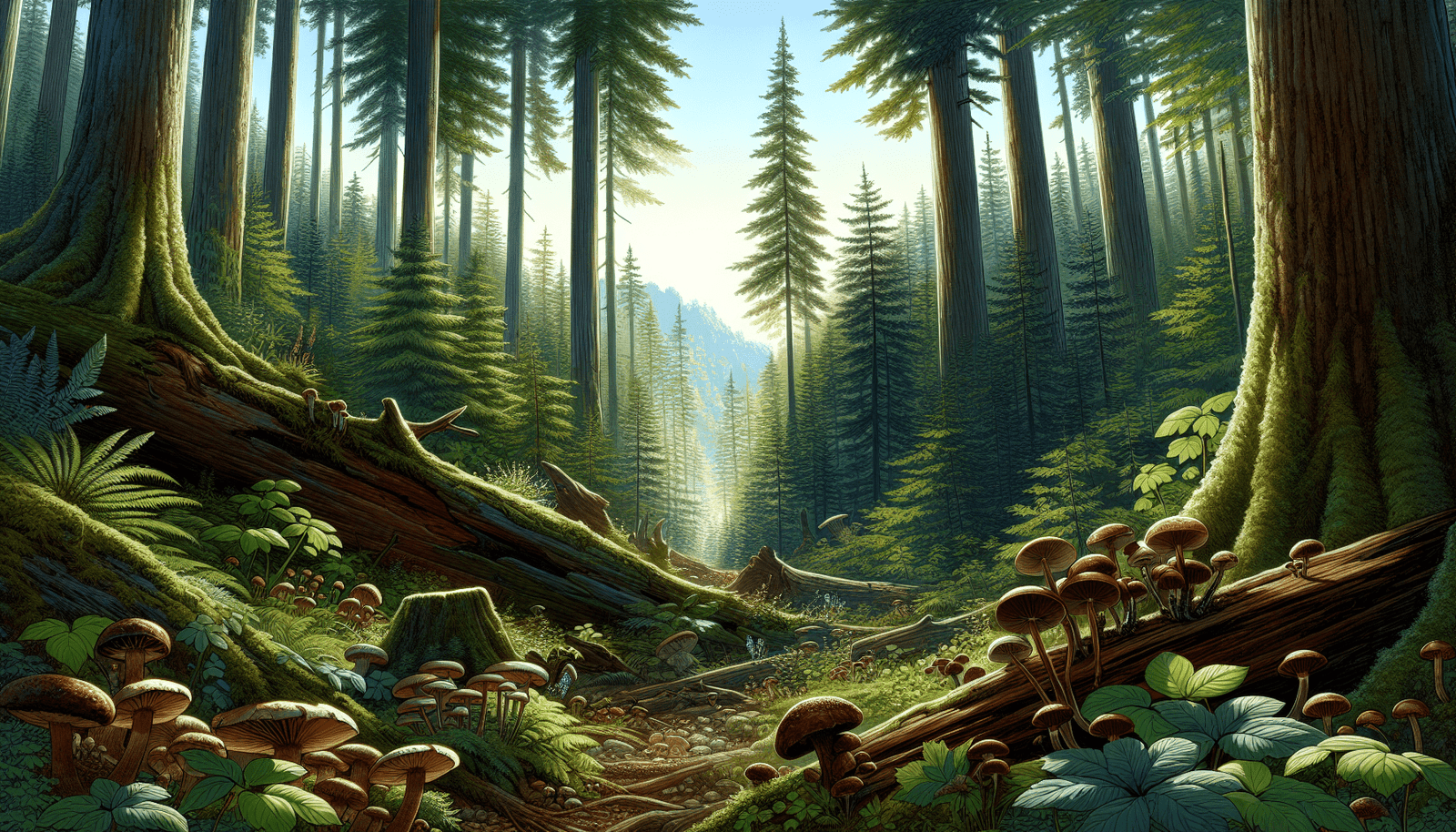Have you ever wondered what it takes to become a successful mushroom hunter on one of the most iconic trails in the United States? The Pacific Crest Trail (PCT), stretching from the Mexican border to Canada, encompasses some of the most diverse and lush ecosystems, making it an ideal location for mushroom foraging. With this guide, you’ll discover everything you need to know about foraging mushrooms along the PCT – from ideal foraging spots and seasons to safety tips, techniques, and even the cultural significance of mushrooms.
Why the Pacific Crest Trail is Ideal for Mushroom Hunting
The Pacific Crest Trail, renowned for its breathtaking landscapes, also boasts a rich diversity of fungus species. This incredible diversity can be credited to the wide range of ecological conditions found along the trail.
Ecological Diversity
The PCT traverses multiple climatic zones, each with distinct flora and fauna. From arid deserts to lush forests, this variety supports an equally diverse range of mushrooms. Understanding these ecosystems helps you anticipate what types of mushrooms you might find.
Seasonal Abundance
Seasonal changes significantly impact mushroom growth, with different species flourishing at various times of the year. Knowing when to forage in each region maximizes your chances of success.
Regional Spotlights and Seasonal Guides
Foraging along the PCT requires an appreciation of the regional and seasonal factors that influence mushroom growth. Let’s explore some key regions and their optimal foraging periods.
Southern Section (California)
In Southern California, the Mediterranean climate creates a unique foraging environment. Despite the region’s arid appearance, certain seasons, particularly after winter rains, can yield interesting finds.
Seasonal Guide:
- Late Winter to Early Spring: Look for morels and chanterelles in the moist microclimates of shaded canyons and among oak woodlands.
Central Section (Sierra Nevada)
The Sierra Nevada mountains are renowned for their lush forests and ample rainfall during certain times of the year, making them a mushroom hunter’s paradise.
Seasonal Guide:
- Late Spring to Summer: Morel mushrooms thrive in areas affected by recent forest fires.
- Autumn: Boletes and Amanitas are more common, especially in coniferous forests.
Northern Section (Pacific Northwest)
The Pacific Northwest is synonymous with mushrooms due to its perennial moist and temperate climate. This region offers year-round opportunities.
Seasonal Guide:
- Late Autumn to Early Winter: Look for chanterelles, matsutake, and oysters, especially in coastal rainforests.
- Winter: Black trumpets and hedgehogs can be found in the mild, wet winters.

Safety and Ethics of Foraging
Foraging mushrooms is not just about finding and picking. It involves a strong commitment to safety, ethics, and respect for the environment.
Identifying Edible Mushrooms
Learning to accurately identify edible mushrooms is crucial. Many edible mushrooms have toxic look-alikes, so becoming familiar with their distinctive characteristics protects you from potential harm.
Identification Tips:
- Spore Print: Take a spore print of the mushroom to determine its color.
- Gills and Spores: Note the gill attachment and spore color.
- Smell and Texture: Some mushrooms have distinctive smells or textures that can aid in identification.
Responsible Foraging Practices
When foraging, it’s important to follow sustainable practices that ensure the health of the ecosystem.
Guidelines:
- Leave No Trace: Minimize your impact on the environment by staying on trails and avoiding sensitive areas.
- Harvest Sustainably: Only take what you need and make sure to leave a substantial portion for the ecosystem to thrive.
- Respect Legal Regulations: Be aware of and adhere to all local foraging laws and regulations, as some areas may have restrictions to protect endangered species or habitats.
Foraging Techniques and Tools
To enhance your foraging experience, equipping yourself with the right techniques and tools is key.
Tools of the Trade
Having the right tools can make your mushroom hunting more efficient and enjoyable.
Essential Tools:
- Basket or Mesh Bag: Helps keep mushrooms fresh and allows spores to disperse.
- Knife: Useful for cleanly cutting mushrooms and avoiding unnecessary damage to their mycelium.
- Field Guide: A comprehensive mushroom identification book specific to the region.
- GPS or Map: Ensures you don’t get lost and helps you mark good foraging spots.
Effective Foraging Techniques
Certain techniques can help you locate and harvest mushrooms more effectively.
Techniques:
- Search Microhabitats: Mushrooms often grow in specific microhabitats, such as under certain types of trees or in areas with decaying organic matter.
- Patience and Observation: Take your time and scan the forest floor thoroughly – mushrooms can often be hidden under leaf litter or in nooks and crannies.

Culinary and Medicinal Uses
Mushrooms have been valued for their culinary and medicinal properties for centuries. The mushrooms you find along the PCT can add both flavor and health benefits to your life.
Culinary Delights
The diverse array of mushrooms found on the PCT can be used in various delicious dishes. Understanding the best ways to prepare these mushrooms can elevate your culinary adventures.
Popular Edible Mushrooms:
- Chanterelles: Excellent sautéed or used in creamy sauces.
- Morels: Best when cooked; they can be grilled, sautéed, or made into soups.
- Boletes: Often dried and rehydrated for soups and stews.
Recipe: Simple Sautéed Morels
Ingredients:
- Fresh morel mushrooms
- Butter
- Garlic
- Onions
- Salt and pepper
Instructions:
- Clean the morels thoroughly.
- Heat butter in a pan and add chopped onions and garlic.
- Add the morels and sauté until tender.
- Season with salt and pepper and serve hot.
Medicinal Properties
Many mushrooms are renowned for their medicinal benefits, which have been harnessed for centuries in traditional medicine.
Medicinal Mushrooms:
- Reishi: Known for its immune-boosting properties.
- Turkey Tail: Valued for its potential anti-cancer properties.
- Lion’s Mane: Believed to support brain health and cognitive function.
Community and Culture
Mushroom foraging is more than an individual activity; it is a community and cultural experience that connects like-minded individuals and celebrates nature.
Foraging Festivals and Workshops
Participating in foraging festivals and workshops can enhance your knowledge and provide opportunities to meet fellow enthusiasts.
Notable Events:
- Wild Mushroom Foray: Conducted in various parts of the Pacific Northwest, these events include guided foraging tours and identification workshops.
- Mushroom Festivals: Many towns along the PCT host annual mushroom festivals, featuring cooking demonstrations, educational talks, and more.
Foraging Groups and Clubs
Joining a local foraging group or mycology club can be an excellent way to learn from experienced foragers and develop your skills.
Benefits of Joining:
- Shared Knowledge: Learning from experienced members and guest mycologists.
- Group Forays: Organized group outings to prime foraging locations.
- Networking: Connecting with others who share your passion for mushrooms.

Conservation and Sustainability
Being a responsible forager means understanding the role mushrooms play in our ecosystems and practicing sustainable foraging to ensure their future.
Ecological Importance of Mushrooms
Mushrooms play a critical role in ecosystems, contributing to nutrient cycling, soil health, and plant growth.
Key Roles:
- Decomposition: Breaking down dead organic matter, contributing to soil fertility.
- Symbiosis: Forming beneficial relationships with plants through mycorrhizal associations.
- Habitat Creation: Providing habitats and food for various wildlife.
Sustainable Foraging Practices
Practicing sustainable foraging ensures that you are not depleting the mushroom populations or harming the environment.
Practices:
- Rotate Foraging Areas: Avoid over-foraging in one spot by rotating your picking locations.
- Harvest Responsibly: Avoid taking all the mushrooms from a single area to allow natural reproduction.
- Educate Others: Spread awareness about the importance of sustainable foraging among fellow enthusiasts.
Engaging Narratives and Personal Stories
Hearing stories from experienced foragers along the PCT can provide inspiring insights and practical tips. These narratives add a personal touch to the guide and make the experience more relatable.
A Veteran Forager’s Tale
Imagine walking through the damp, moss-covered forests of the Pacific Northwest, the smell of earth and fresh rain filling the air. Bill Johnson, an experienced forager who has dedicated decades to exploring the PCT, shares his wisdom.
Bill’s Tips:
- Observation Skills: “Always look at the environment carefully. Mushrooms are masters of disguise.”
- Respect Nature: “Treat the forest as if it’s your home. Respect every plant and animal you come across.”
Mycology Enthusiast’s Experience
Emma Green, a mycology enthusiast, ventured into the Sierra Nevada for her first foraging trip. Her story is filled with excitement, learning, and a deepened appreciation for the natural world.
Emma’s Insights:
- Preparation is Key: “Having a good field guide and the right tools made all the difference.”
- Community: “Joining a foraging group provided invaluable support and knowledge.”

Conclusion
Mushroom hunting along the Pacific Crest Trail is an exhilarating and rewarding experience that combines the thrill of the hunt with the beauty of nature. By understanding the ecological diversity, practicing safe and ethical foraging, equipping yourself with the right techniques and tools, and appreciating the culinary, medicinal, and cultural aspects of mushrooms, you will enrich your foraging journey.
Embark on this adventure with respect, curiosity, and wonder. Whether you’re a seasoned forager or a beginner, the PCT offers an endless array of discoveries waiting to be made. Happy hunting, and may you find bountiful baskets of fungi treasures along the way.
